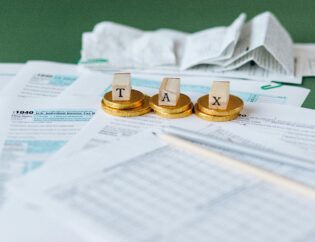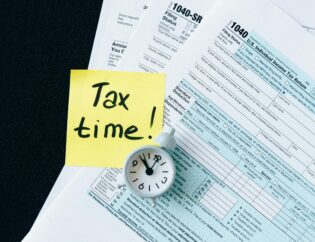
Learn About The Residential Clean Energy Credit
A tax credit’s purpose is to reduce a taxpayer’s final tax bill, dollar-for-dollar. The Residential Clean Energy Credit, section 25D, is a tax credit for the expenses paid for energy-efficient improvements to taxpayers’ residential properties. This tax credit is available to individual taxpayer residents in the US who made energy-efficient improvements to their homes in 2022. The residential energy-efficient improvements include qualified solar electric property, solar water heating property, and small wind energy property. Geothermal heat pump property, biomass fuel property, and fuel cell property are also listed under Residential Clean Energy Credit qualified improvements.
The tax credit is currently available to applicable individuals. US residents can qualify for the Residential Clean Energy Credit by filling out Form 5695 and submitting it to the IRS as a part of an individual’s tax return. If you occupied your home with someone other than your spouse and want to apply for the tax credit, both occupants must complete their own Form 5695. The credit rate for property placed in service in 2022 through 2023 is 30%. This gives the incentive to make those energy-efficient improvements during these years.
For more information about the Residential Clean Energy Credit, schedule a consultation with Lakeesha V. Browne, CPA.
Work Cited:
“Request for Comments on Incentive Provisions for Improving the Energy Efficiency of Residential and Commercial Buildings.” Internal Revenue Service, 5 October 2022, https://www.irs.gov/pub/irs-drop/n-22-48.pdf. PDF file. Accessed March 27, 2023.
“IRS asks for comments on upcoming energy guidance.” Internal Revenue Service, 5 October 2022, https://www.irs.gov/newsroom/irs-asks-for-comments-on-upcoming-energy-guidance. Accessed March 27, 2023.
“Instructions for Form 5695 (2020).” Internal Revenue Service, 27 December 2022, https://www.irs.gov/instructions/i5695. Accessed March 27, 2023.










